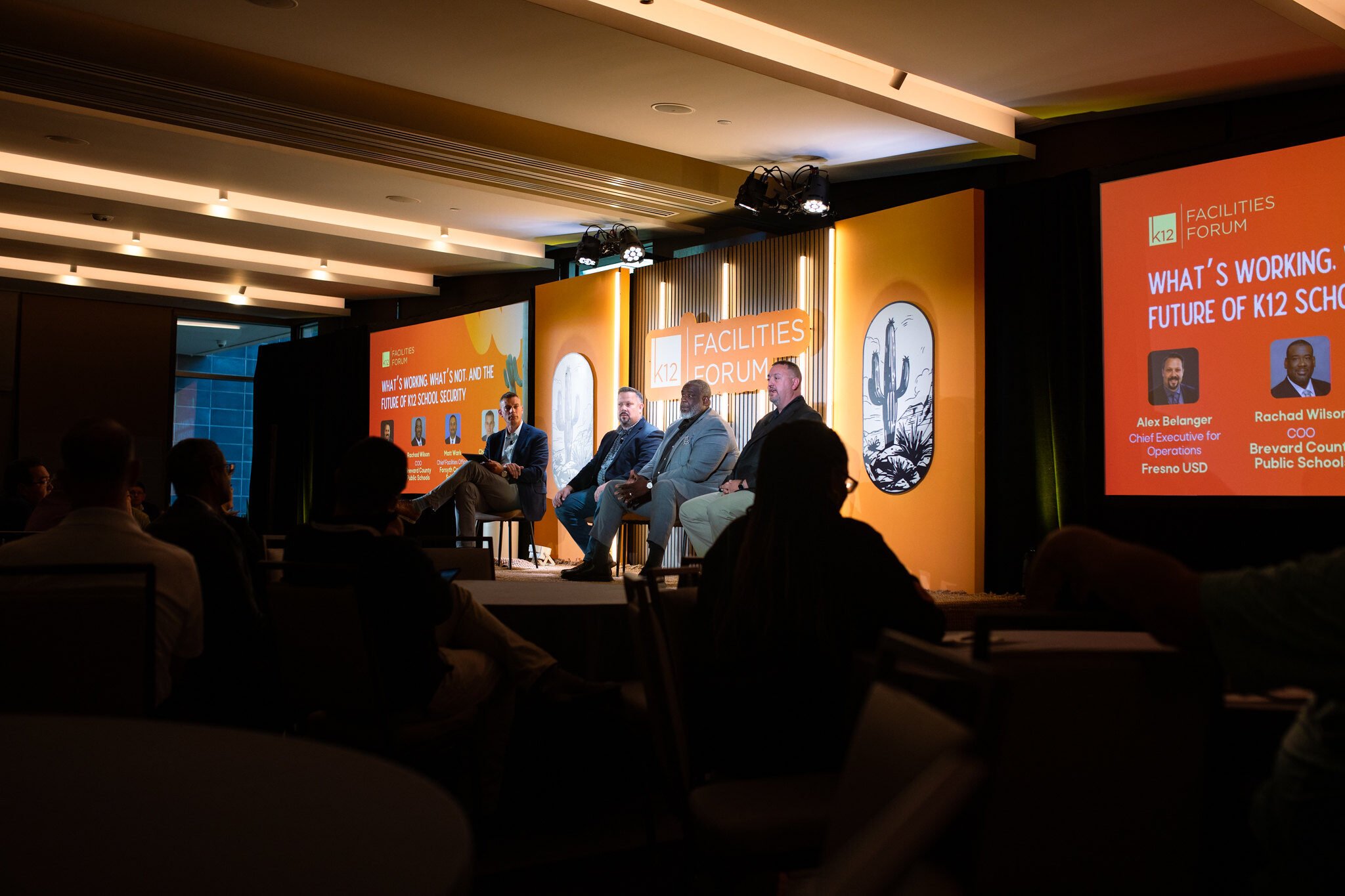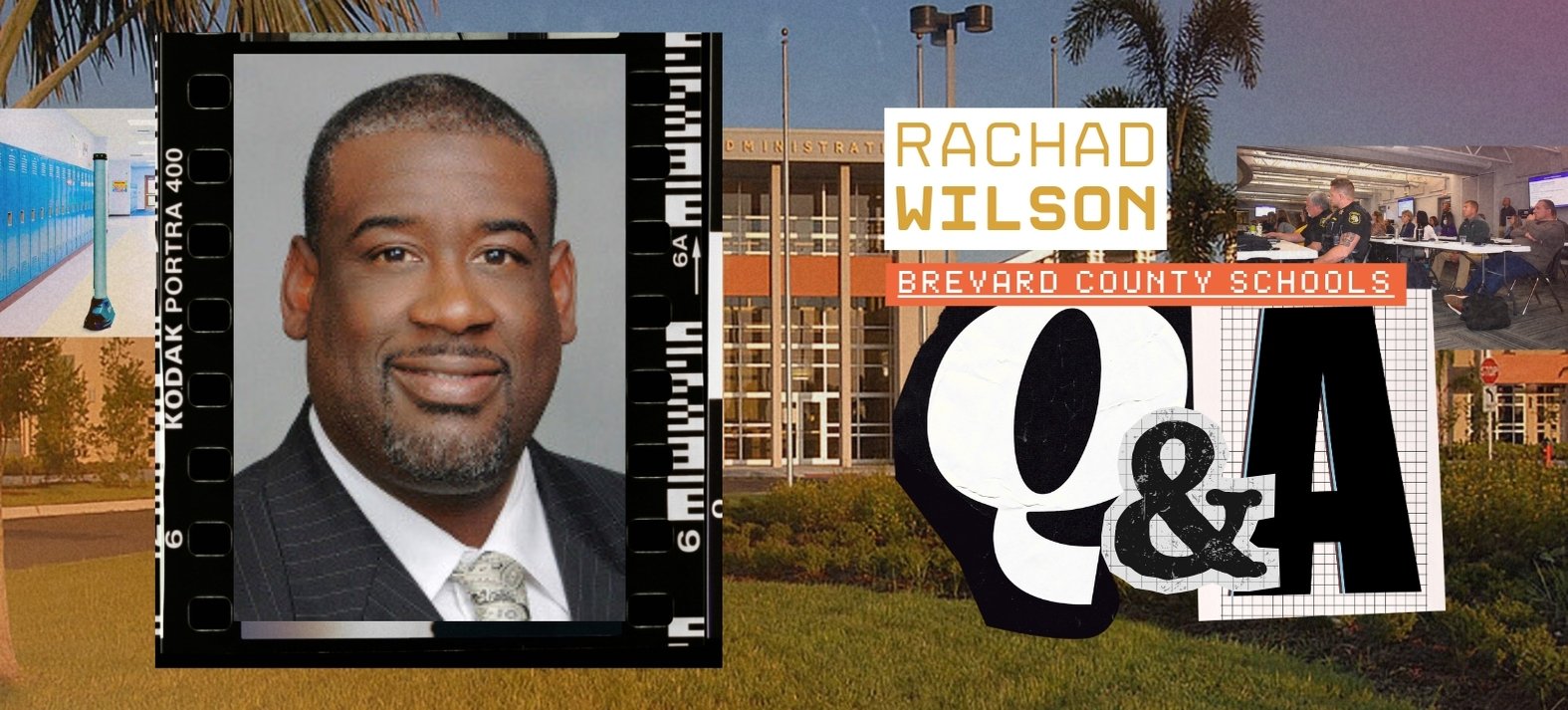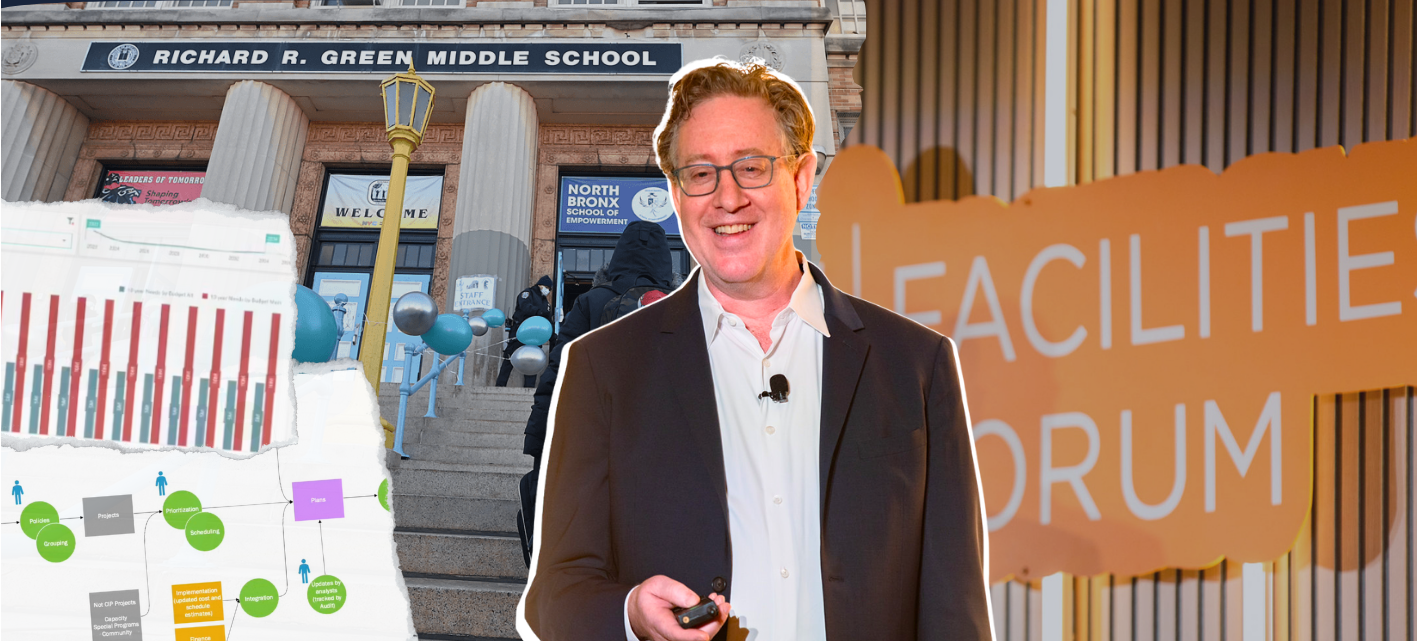The sad reality of school shootings and other violence has forced K-12 leaders nationwide to confront a seemingly impossible challenge: How to create an environment that keeps students safe while maintaining a welcoming atmosphere essential for learning?
It's a balance that requires careful consideration of security measures, community engagement, and the psychological impact on students.
At the K12 Facilities Forum, three veteran district leaders shared their insights on navigating this complex necessity. Chris Gisslen, ASSA ABLOY’s Director for K-12, moderated the discussion, revealing that while technology and physical barriers play essential roles, the human element – from staff buy-in to community trust – remains the cornerstone of effective school security policy.
The Human Element: Culture & Community Trust
"If your staff doesn't believe what you're doing is right, they're not going to feel safe, and your kids aren't going to feel safe either," said Matt Wark, Chief Facilities Officer at Forsyth County Schools. "It's time to be accountable for what you do. We tell our employees - don't be that person walking past an open door and not closing it."
Rachad Wilson, COO of Brevard County Public Schools, emphasized the importance of collective responsibility: "Safety and security is not just the job of district leadership - it's the job of every single person on that campus. It has to be a holistic approach."
Balancing Security with Welcoming Spaces
Alex Belanger, Chief Executive of Operations at Fresno Unified School District, warned against overly aggressive security measures. "The more you militarize a space, two things happen: students feel it's more institutionalized and not welcoming, and it has a massive negative effect on them," he said.
His district has taken an innovative approach, using buildings themselves as security infrastructure.
"We're using our buildings more as a perimeter fence," he said. "It's a passive barrier, but it doesn't have a fence that's in your face."
Technology's Role
Modern access control systems are becoming standard.
"We don't have keys anymore. Everything is all badge access," Wark shared. "There's only one key for the entire building - the very front door - and we don’t even have it.”
While surveillance technology plays a crucial role, its limitations are clear. "You can have the world's best cameras, but that's just gonna tell you what happened," Belanger noted. Wilson agreed, adding: "We have 5,000 cameras, but we don't have eyes on 5,000 cameras."
The Path Forward
Success in school security requires a multi-faceted approach:
- Regular safety audits involving law enforcement and emergency responders
- Secure vestibules and controlled access points
- Staff training and buy-in
- Community engagement and transparency
- Strategic use of technology
- Careful consideration of building design and retrofitting
"Be very cautious about what you choose to do security-wise," Wark advised. "It's easy to say, 'we need metal detectors.' But when a parent has to walk through them, too? That's when you can run into issues."
Wilson summed up the challenge succinctly: "You can never substitute safety for convenience." While perfect security may be impossible, continuous improvement and adaptation are essential. After all, if students don't feel fully safe, they can never fully learn.
Posted by
Join us at the K12 Facilities Forum!
The community for district and facilities leaders
Nov 8-10, 2026 | San Antonio, TX









-3.png)

Comments